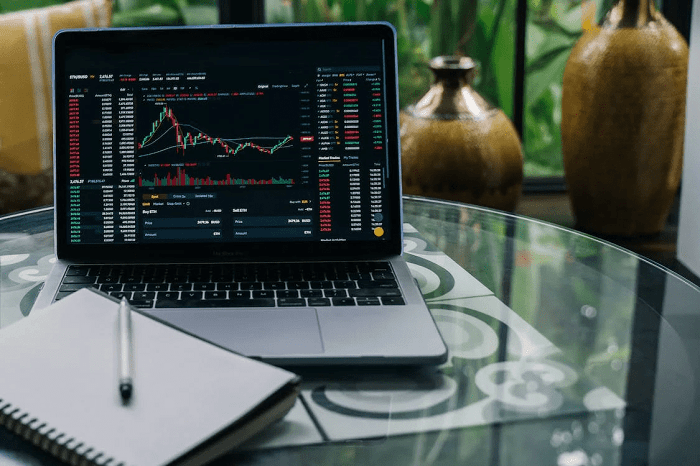Risk Management in Crypto Trading: A Shield for Your Capital
Cryptocurrency trading has seen an exponential rise in popularity due to its potential for high returns. However, this digital gold rush is not without its risks. Volatility, regulatory uncertainty, and technological vulnerabilities can pose significant threats to a trader’s capital. This is why understanding and implementing risk management strategies is crucial.
What is Risk Management?

Risk management in crypto trading is the process of identifying, assessing, and taking measures to mitigate or eliminate the risks associated with trading cryptocurrencies. It involves setting rules and parameters to protect your trading capital from severe losses.
Why is Risk Management Important in Crypto Trading?
The cryptocurrency market is notoriously volatile. Market sentiment, regulatory news, technological advancements, and macroeconomic trends are just a few examples of the factors that can cause prices to swing wildly in a short period of time. Without proper risk management, traders can quickly lose a significant portion, if not all, of their capital.
Key Risk Management Strategies in Crypto Trading

Crypto traders should employ a variety of risk management strategies to protect their trading capital. This includes:
- Position Sizing: This strategy involves deciding how much of your total capital you’re willing to risk on a single trade. A common rule of thumb is the “1% Rule,” which suggests not risking more than 1% of your trading capital on a single trade.
- Setting Stop Losses: A stop loss is an order set to sell a security when it reaches a certain price. It’s designed to limit your loss on a trade. In the volatile world of crypto, a stop-loss can be a lifesaver, preventing minor losses from turning into major ones.
- Diversification: Spreading your investments across different cryptocurrencies can help manage risk. If one cryptocurrency performs poorly, gains in others may offset the losses.
- Understanding the Market: Knowledge is power in crypto trading. Understanding market trends, staying updated with news that can affect cryptocurrency prices, and learning technical analysis can help you make informed trading decisions.
- Using a Risk-Reward Ratio: This ratio helps traders understand the potential loss (risk) and the potential profit (reward) of a trade before it’s placed. A common risk-reward ratio is 1:3, meaning the potential reward should be three times the risk.
Finally, if you’re going to use a broker to trade crypto, then you need to pick one carefully. Lucky for you, you can find quality online brokers in minutes by analyzing feedback from other traders or special review sites.
Emotional Control

Emotions can be a trader’s worst enemy, leading to impulsive decisions that ignore risk management principles. Developing emotional control and sticking to your trading plan, no matter what the market does, is a vital part of risk management.
Regular Review
Risk management isn’t a set-it-and-forget-it strategy. Regularly reviewing and adjusting your risk management strategies based on your trading performance and changes in the market environment is crucial.
In conclusion, while crypto trading offers immense potential for profits, it also comes with substantial risk. Implementing solid risk management strategies is the best way to protect your capital and increase your chances of trading success. Remember, in the world of crypto trading spain or another country, sometimes the best offense is a good defense.






